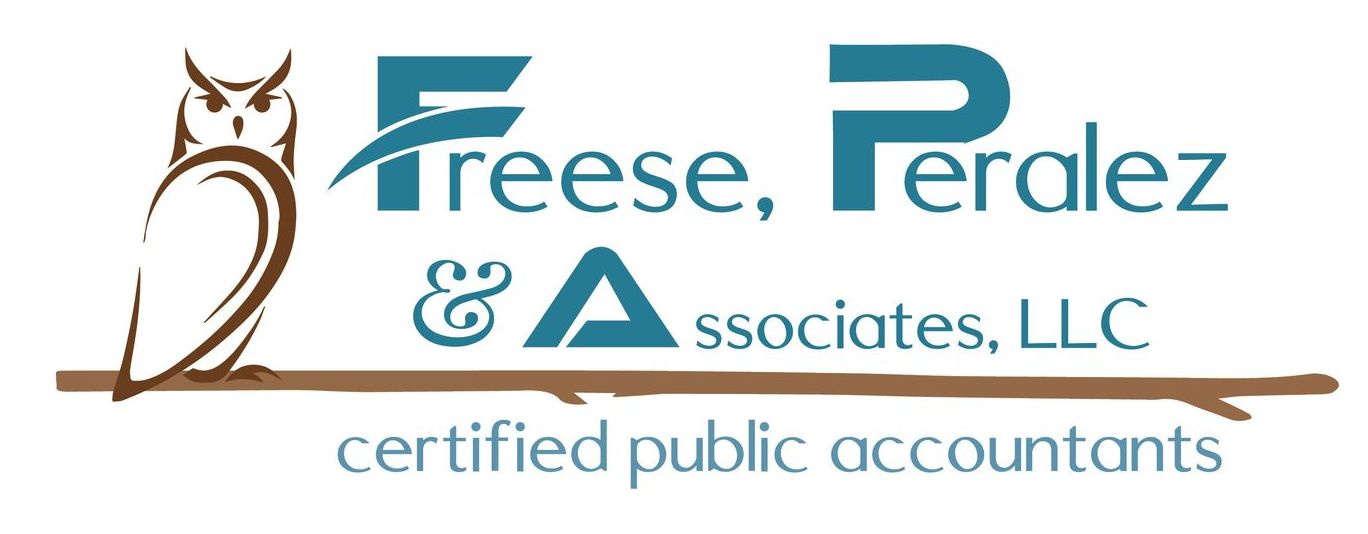Identifying and Analyzing the Risks of ‘Risk-Free’ Securities
Identifying and Analyzing the Risks of ‘Risk-Free’ Securities

Unmasking the Hidden Risks: How a Deeper Dive into 'Risk-Free' Securities Could Have Saved Banks - A Must-Read for Financial Decision-Makers!
The article discusses the importance of thoroughly assessing the risks associated with seemingly "risk-free" debt securities and the implications for financial institutions. It highlights that interest rate increases can lead to unrealized losses for held-to-maturity debt securities, which may not be immediately reflected in financial statements, potentially distorting investment decisions. The example of Silicon Valley Bank's failure due to rising interest rates devaluing its bond investments is cited. The article outlines three levels of financial analysis, emphasizing the need for a deeper understanding of the economic nature of bond investments to assess various risks such as credit, liquidity, value, interest rate, and concentration risk. It also explains the different accounting classifications for debt securities: trading, held-to-maturity (HTM), and available-for-sale (AFS). Moreover, it emphasizes the importance of disclosing key risk information related to debt securities, especially for financial institutions. The article points out that relying solely on the "risk-free" designation for Treasury and Agency debt securities can be misleading, as these securities possess other risks beyond default risk. The impact of rising interest rates on financial institutions is discussed, focusing on the management of interest rate spreads and the devaluation of HTM investments. The article mentions that many stakeholders primarily focused on default risk and failed to consider other risks like interest rate, concentration, and liquidity risk, which were apparent from note disclosures. It concludes that assessing risks beyond the financial statements is crucial for a more comprehensive evaluation of bank asset and equity values, as highlighted by recent bank failures and market value declines. For more information click the link!
















